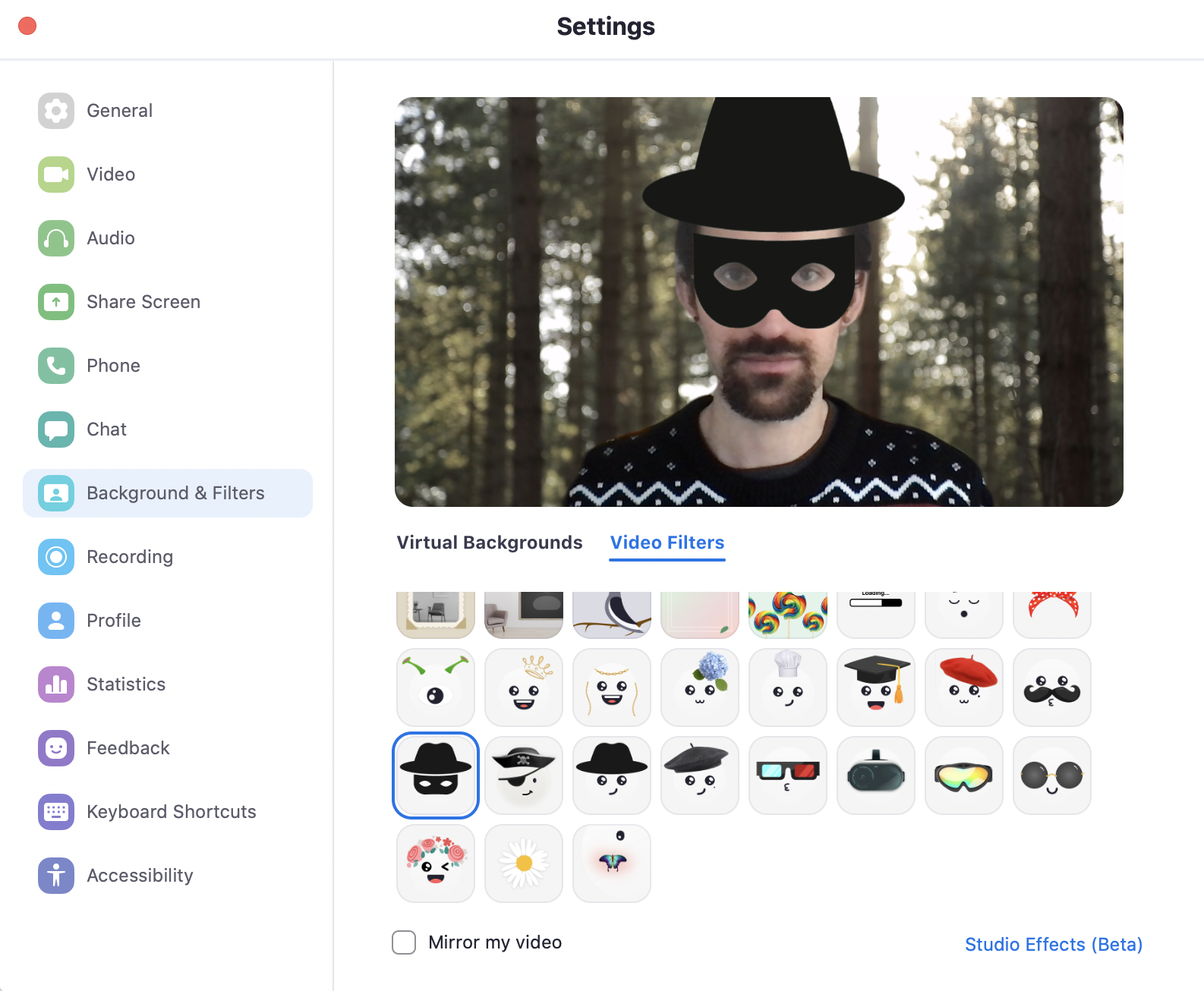


Moire fringes can be noticed too in some busy scenes, but once again these are just minor defects, which can't put a dent in the positive impressions we had. The foliage presentation looks like an oil-painting as the algorithm smears fine detail, but it is nothing we'd hold against the Note 8 given the class and its price tag. The dynamic range is wide, and even though it's not the best we've encountered - we never used the HDR option. The resolved detail is plenty, the noise levels are quite low, and the colors stayed mostly true to life.

The 48MP camera naturally saves by default 12MP images, and the ones we shot turned out very good. The Pro mode works with the normal camera, the ultra-wide, and the macro. Speaking of Pro, this one offers pretty much all the settings you'd need - white balance, focus, ISO, and shutter speed. There's also a dedicated 48MP mode as opposed to before when you had to go to Pro mode and tap on the 48MP icon to shoot 48MP resolution stills. The real settings menu is in there as well, and it doesn't offer anything out of the ordinary. Switching between modes is like in every other camera app - swiping left and right will take you through all modes, while tapping in the upper right corner of the screen where the "hamburger menu" resides will expand the options. The last snapper is the 2MP depth sensor. Its lens can focus from as close as 4cm away so that you can get really close to your subjects. Then there's the 2MP macro camera (the pixels on the sensor are quite large, 1.75µm). There is automatic distortion correction applied when necessary, but you can opt-out of it.

The 119-degree ultrawide-angle camera has an 8MP sensor with an f/2.2 aperture. Native pixel-binning is at play here, so the image output is 12MP. It's a large 1/2.25" sensor with 0.8µm pixels, and the lens has f/1.8 aperture. The main camera uses the 48 MP ISOCELL Bright GM2 sensor by Samsung. The arrangement is quite familiar - first (top to bottom) is the ultrawide snapper, then the primary one, the depth camera is next, and last is the macro shooter. Just like Realme, Redmi skipped the triple camera and jumped straight to quad-camera setups.


 0 kommentar(er)
0 kommentar(er)
